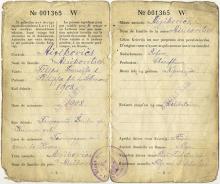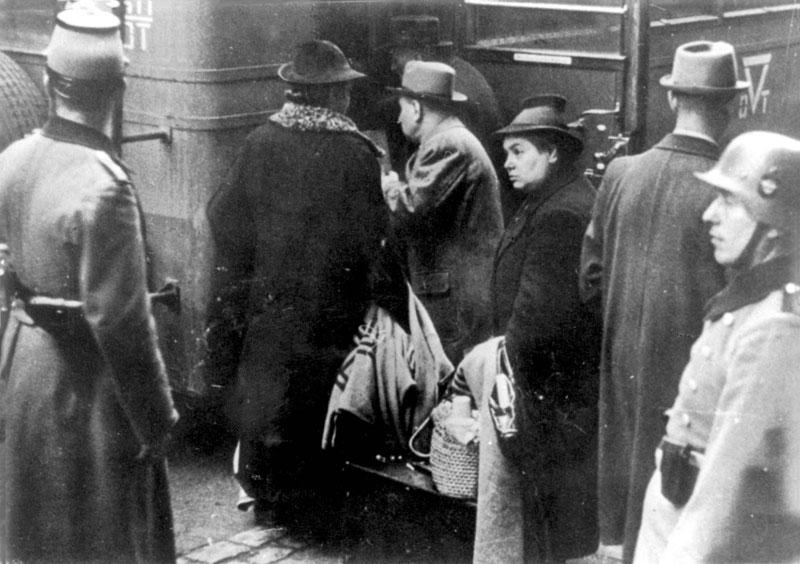
Ludwigshafen, Germany, 1940. Deportation of Jews to the Gurs concentration camp in France. In the photo: a German soldier and a German policeman. The deportation was conducted as part of an early deportation operation targeting the Jews of Baden and Saarpfalz.
Yad Vashem Photo Archives 2974/17
Courtesy Die Deutsche Bibliotek

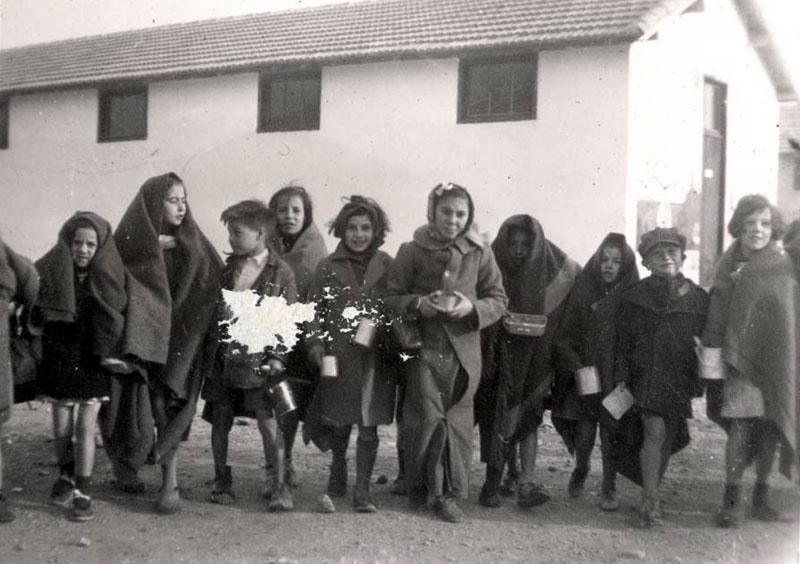
Yad Vashem Photo Archives 335/130

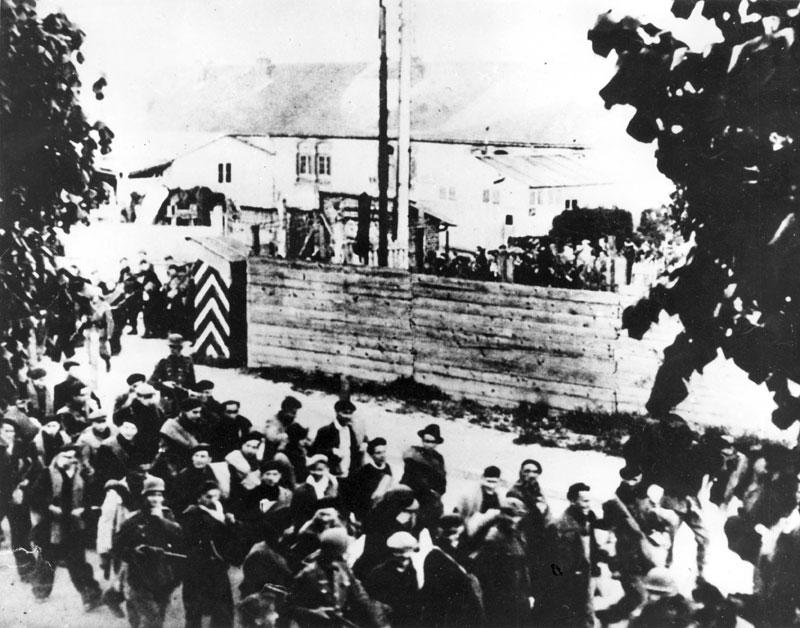
Yad Vashem Photo Archives 94DO2

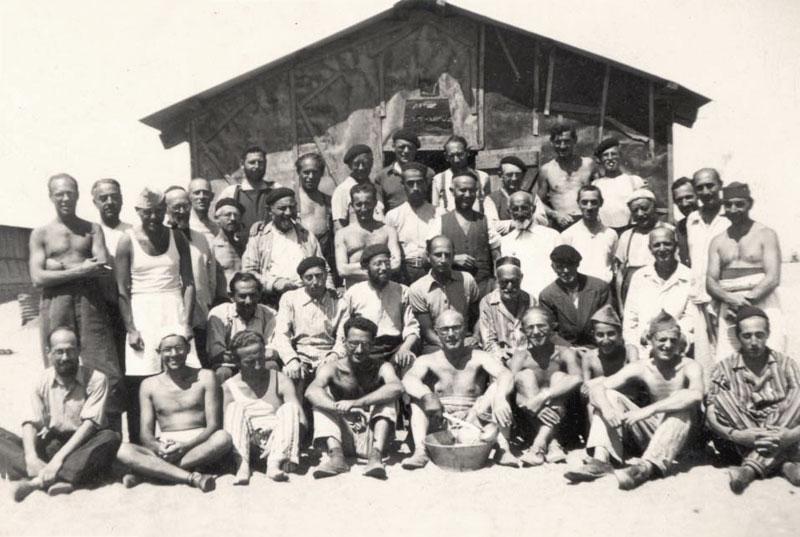
Yad Vashem Photo Archives 926/8

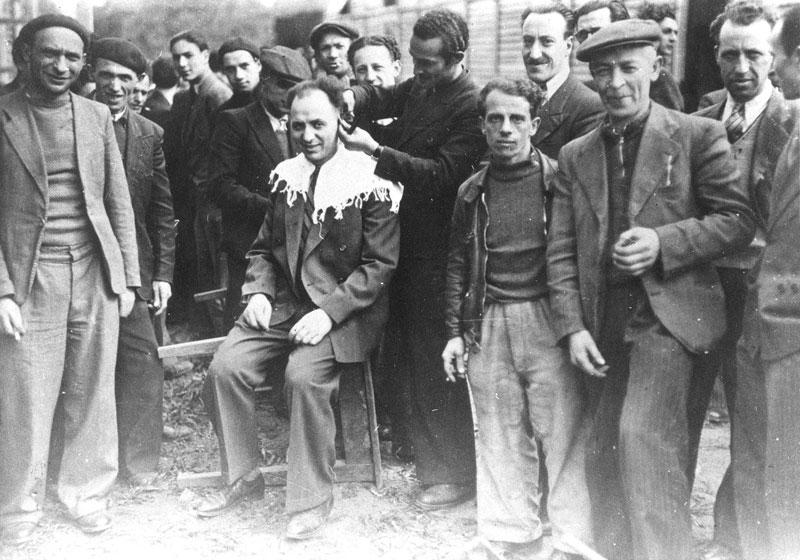
Yad Vashem Photo Archives 4520/142
Courtesy Bundesarchive

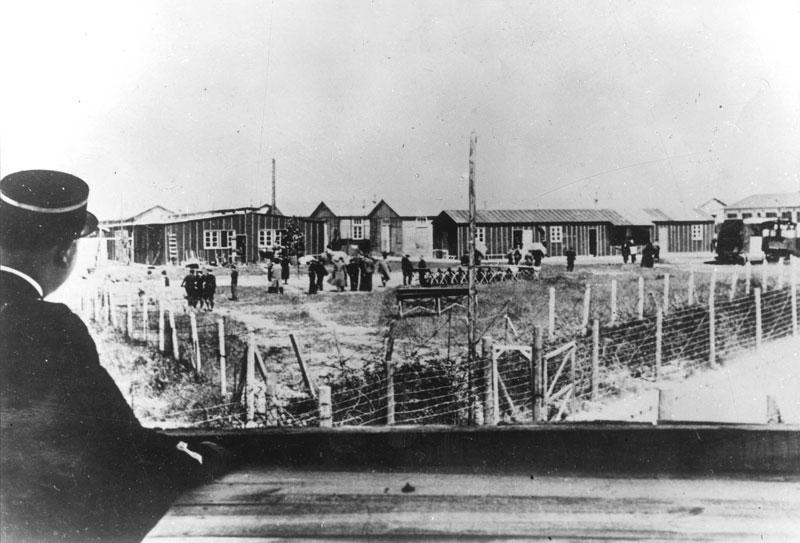
The camp, intended for Jews holding foreign citizenship, was guarded by French policemen.
Yad Vashem Photo Archives 4520/448
Courtesy Bundesarchive

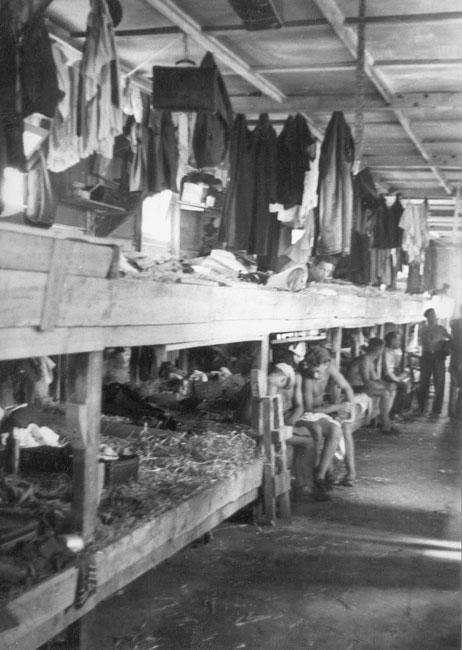
Yad Vashem Photo Archives 4520/43
Courtesy Bundesarchive

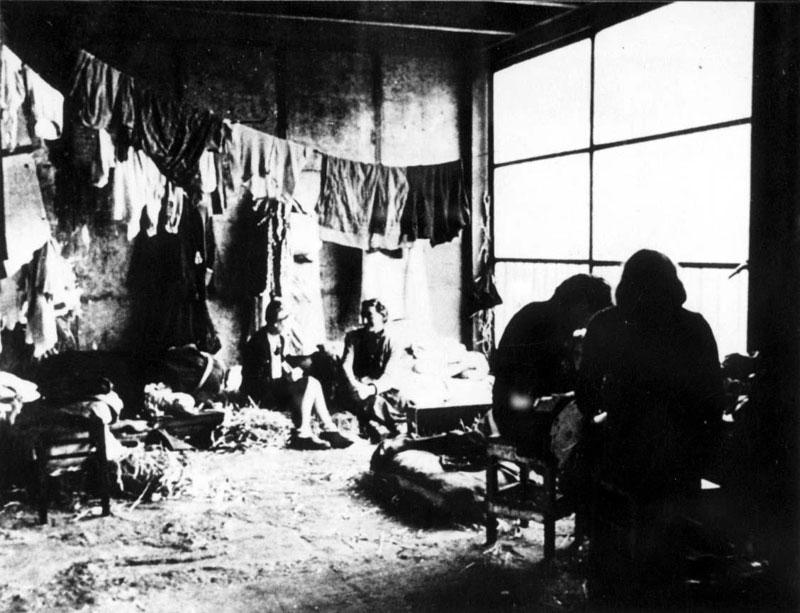
Yad Vashem Photo Archives 86GO9

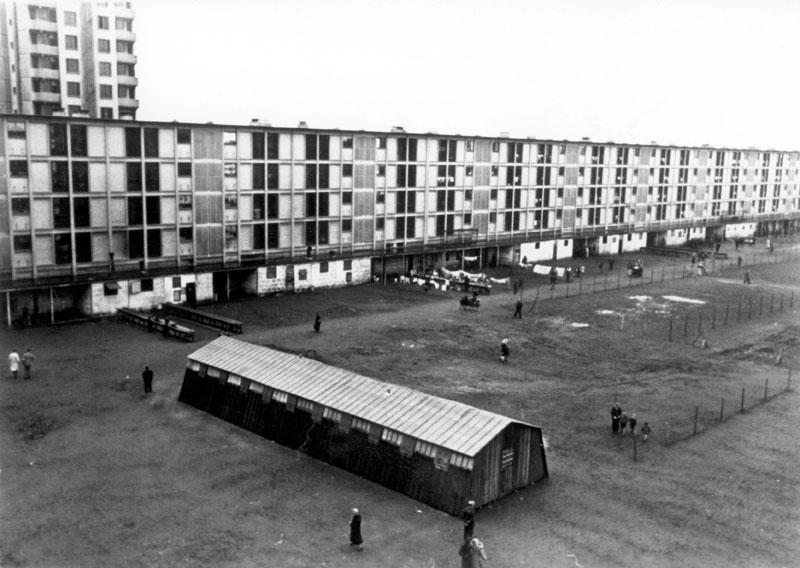
A courtyard in which the Jews were assembled for deportation to the East.
Yad Vashem Photo Archives 5494/2

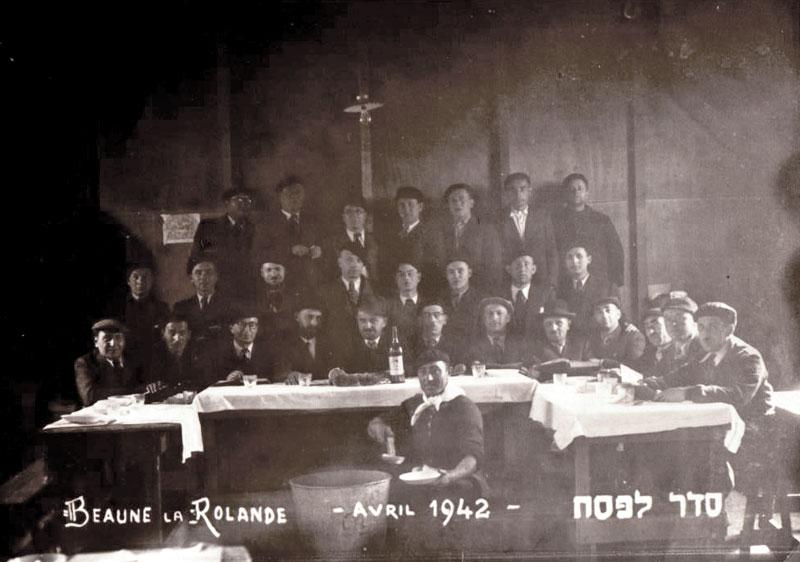
One of the prisoners in the photograph is David Pastel. Pastel was deported on transport number 5 from Beaune-la-Rolande to Auschwitz. He survived until January 1945, when he was shot during the death march from Auschwitz by one of the guards. He was buried in a mass grave in the Polish village of Książenice. Pastel’s wife, Leonora, and his son Aaron survived in the south of France, under an assumed identity.
Courtesy the Pastel and Saada families, France and Israel


The links of the necklace depict scenes of daily life in the camp. Szainer was imprisoned in 1941 and gave the necklace to his wife when she visited him. In 1942, Szainer was deported to Auschwitz-Birkenau, where he was murdered.
Yad Vashem Artifacts Collection
Donated by Armand Szainer, USA


A box for smelling spices, for use in the Havdalah ceremony, manufactured in the Gurs concentration camp, 1942, by the prisoner Baruch Rosenhack. The piece had been commissioned from Rosenhack by another inmate, Edgar Arendt-Arnetti, who intended the box as an anniversary gift for his wife.The bottom of the box bears an inscription in German:"To my dear and beloved wife, my good and faithful friend Matilda. With love, esteem, and respect, and in honor of our anniversary. Edgar."Edgar Arendt-Arnetti emigrated from Germany to France in 1933, where he worked in the Paris music industry. In 1940 he was drafted into the army, discharged, and then drafted again under the Vichy regime until February 1941. Later he was interned in the Gurs concentration camp. He was held in the "artists' barrack", which was intended for musicians, actors and other artists. They were called the "Nathan Group". Arendt-Arnetti was released from Gurs thanks to his contacts in the French Resistance. In December 1942 he fled France for Spain, together with his wife and young daughter; the family traveled by way of the Pyrenees mountain range. In June, 1943, the entire family succeeded in emigrating to the United States.
Yad Vashem Artifacts Collection

When, in May 1940, the Germans invaded France, thousands of immigrants who held German citizenship or were of German descent were concentrated in the “Winter Stadium” (Vel' d’Hiv) in Paris. These immigrants were considered enemy aliens. Among those detained were thousands of Jewish men, as well as Jewish women who had no children. The detainees were deported to the Gurs concentration camp near the French-Spanish border.
After the anti-Jewish legislation of October 1940, the Vichy regime broadened its actions to arrest and detain Jews in its territory. They were incarcerated in 15 concentration camps which included the camps of Gurs, Le Milles, Rivesaltes and St. Cyprien. By the beginning of 1941 some 40,000 Jews had already been arrested. In addition to those arrested, some 35,000 Jewish men were conscripted by force into the “Labor Corps”, or Compagnies de Travail. Almost all the foreign Jewish men, more than a third of the population of foreign Jews in France, were either conscripted into the Labor Corps or incarcerated in concentration camps.
The concentration camps provided only meager nutrition and faulty sanitary facilities. The prisoners had no possibility of appealing their internment or of trying to alleviate their conditions. The food provided was not enough to sustain even a bare minimum of existence. Hundreds of prisoners died due to disease, cold and starvation; thousands of prisoners reached a state of malnourishment.
Dozens of Jewish and Christian aid organizations, both French and international, tried to infiltrate the camps in order to aid the prisoners, primarily by supplying them with food and care for the children. These organizations succeeded in smuggling children out of the concentration camps and transferring them to orphanages which were under their control, to Christian foster homes and abroad.
During the period of German occupation 26 concentration camps operated in the Occupied Zone. The central concentration camp in France was Drancy, not far from Paris. Following the German occupation in 1940, Drancy was initially used as a camp for French and British prisoners of war. Beginning in the summer of 1941, when the roundup of Paris Jews began, Drancy was used to imprison Jewish detainees. From March 1942 Drancy became a transit camp for Jews who were being deported to the East.
In the vicinity of Paris and in Northeastern France there were additional concentration camps run by the Vichy regime. Among these were Pithiviers, Beaune-la-Rolande, Besançon, Compiègne and others. Of the 54,000 Jews who passed through the camp of Compiègne, 50,000 were deported to their extermination. The Jews who had been arrested in the big waves of arrests, in May 1941 and July 1942, were interned in Pithiviers. Just as in the case of Drancy and Compiègne, beginning in July 1942, thousands of Jews were deported from Pithiviers and Beaune-la-Rolande to Auschwitz.
The concentration camps in France continued operating during the summer of 1944, which marked the height of the battle for Paris and the Allied campaign to liberate France.




